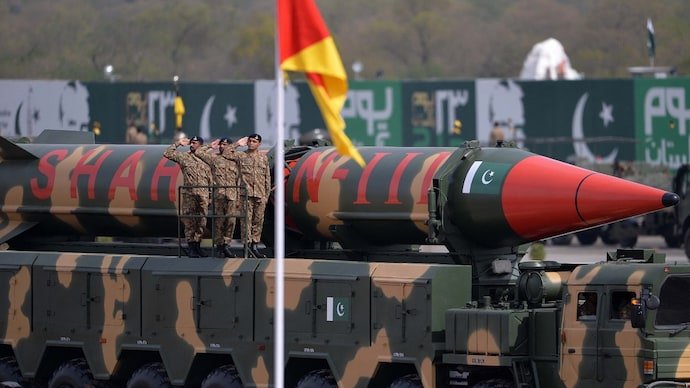After decades as a “major non-Nato ally” of the US, Pakistan is now facing Uncle Sam’s sanctions. The US punishment came as it claimed that Pakistan planned to develop long-range ballistic missiles that could potentially be turned nuclear-capable. Although Pakistani missiles cannot reach the US mainland, 12,000 kilometres away, they have always had India, considered an arch enemy by Islamabad, within their range. Then, why did the Pakistani missiles irk the US administration in the final few weeks of the outgoing President Joe Biden?
This reaction is severe and needs to be viewed from a historical perspective. Washington, which, under Richard Nixon, had ensured Pakistan’s military support against India in the 1971 war, has punished Pakistan for what it sees as “an emerging threat to the United States”.
The US sanction response suggests its concerns go far beyond India, its QUAD partner, or even itself. The US is around 12,000 km from Pakistan and the most a missile can travel is 5,500 km.
Though missiles belonging to the longest-range category, known as Intercontinental Ballistic Missiles (ICBMs), are capable of hitting targets over 5,500 km, as per reports, Pakistan has no ICBMs. Its missile policy has been focused on short- and medium-range categories.
The US sanctions most likely have to do with Israel, which is often dubbed as the 51st state of the US.






